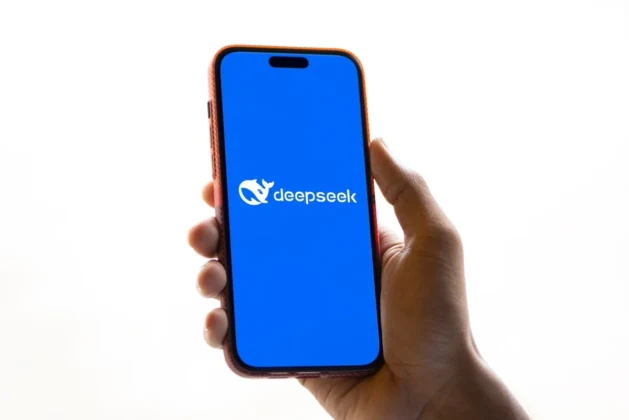DeepSeek: Everything You Need to Know
The artificial intelligence created by Liang Wenfeng’s company has caught the competition off guard, causing stock prices to plummet in just one day.
It’s the AI platform of the moment, capable of causing the stocks of its competition, including Nvidia, to crash in a single day on the US stock market. DeepSeek positions itself as an innovation that could redefine the way we interact with advanced research and analysis technologies in a more cost-effective manner. In just a few days, this Chinese AI became the most downloaded free app on iPhone in America, representing a nightmare for major US tech companies. But what exactly is DeepSeek, who created it, how does it work, and how does it differ from more established solutions like ChatGPT?
What is DeepSeek?
DeepSeek is an AI platform designed to perform in-depth analysis and provide highly specific answers to complex queries. It’s not limited to processing natural language; it is built to go further, allowing users to explore information with unprecedented depth. The platform is open source and free, a detail that sets it apart from the AIs of big tech companies like OpenAI, Anthropic, and Google, which are often more expensive and less accessible.
Who is the founder?
DeepSeek was founded in 2023 by Liang Wenfeng, a visionary entrepreneur with a background in electronic information engineering and extensive experience in the financial sector. Wenfeng is known for founding High-Flyer, a quantitative hedge fund based in Hangzhou that uses AI for financial trading. In 2023, he decided to shift the focus to advanced artificial intelligence, founding DeepSeek with the goal of creating cutting-edge AI models that are accessible to everyone.
How does DeepSeek work?
DeepSeek uses advanced machine learning algorithms to analyze large amounts of data and generate detailed, context-rich responses. Its latest model, R1, was developed through reinforcement learning techniques and combines real-time web search capabilities with advanced reasoning abilities. This allows DeepSeek not only to access updated data but also to explain the logical steps it uses to process its responses, offering users an unprecedented level of transparency.
Differences from ChatGPT
Although DeepSeek and ChatGPT share some similarities in their ability to understand and generate text, the two platforms differ significantly:
- Purpose: ChatGPT is primarily designed for conversational interactions and general assistance, while DeepSeek focuses on analyzing complex data and providing highly specific answers.
- Data Sources: ChatGPT uses a model trained on a large corpus of pre-existing data, while DeepSeek R1 accesses real-time web data.
- Efficiency: DeepSeek R1 is designed to be extremely cost-effective. Processing one million tokens with R1 costs about $2.19, compared to the $60 charged by OpenAI’s O1 model.
- Open Source: DeepSeek is entirely open-source, allowing developers to inspect, modify, and improve the code, while ChatGPT is a proprietary platform.
How to use it?
Using DeepSeek is intuitive. Users can access the platform via a web interface (http://www.deepseek.com) or a dedicated app, where they can enter specific questions or requests. Thanks to its ability to understand context, it provides relevant and detailed results in just a few moments. Additionally, optimized versions of the model can be downloaded for offline use on personal devices, ensuring privacy and continuous access even without an internet connection.
Strategic Advantages of DeepSeek
DeepSeek stands out not only for its technological power but also for its cost efficiency and ability to run on less advanced hardware. This innovative approach was necessary due to export restrictions imposed by the United States, which limit China’s access to more advanced semiconductors. Despite this, developers have perfected software-based resource optimization, ensuring excellent performance at significantly lower costs compared to Western models.
Risks Associated with DeepSeek
Like any advanced technology, DeepSeek presents risks that need to be considered:
- Data Bias: Despite advanced algorithms, DeepSeek could be influenced by biases in the data used for analysis, leading to potentially distorted results.
- Data Security: Integration with external databases and processing large amounts of information could raise concerns regarding the protection of sensitive data.
- Censorship: DeepSeek’s models appear to align with Chinese government policies, particularly on politically sensitive topics, raising questions about impartiality and freedom of information. For example, asking about the Tiananmen Square incident yields no answer. However, being open-source, censorship on the platform can be bypassed.
- Abuse of Technology: The improper use of such a powerful platform could lead to ethical or legal consequences, such as information manipulation or unauthorized use of data.
In conclusion, DeepSeek represents a real innovation in the world of AI, though it is limited by its origin. Wenfeng, however, asserts that the Beijing government was not involved in its development—whether this is true, maybe one day DeepSeek itself will tell us.




Leave a comment